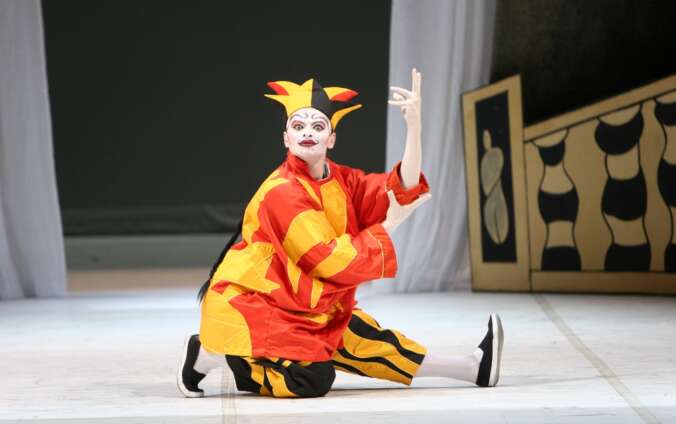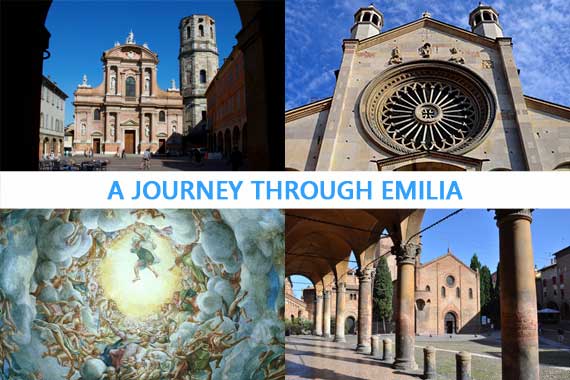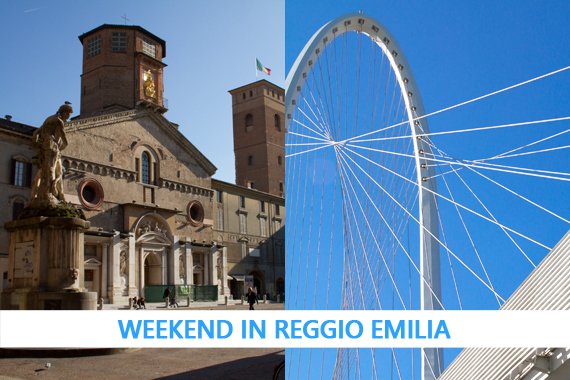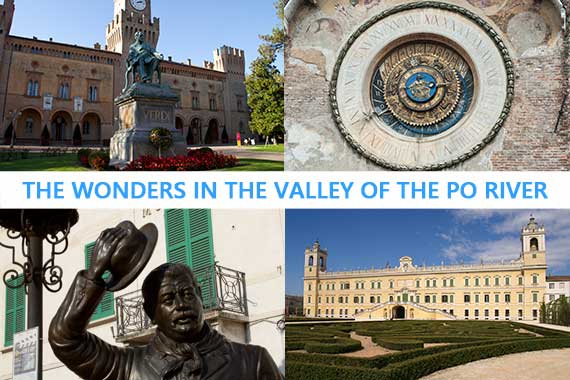When it comes to excellences, Reggio Emilia has quite a Wall of Fame to exhibit: Reggio Children, with its headquarters in “Loris Malaguzzi” Center International Foundation, shines in the field of innovation of culture and education.
This company was established in 1994 to protect and spread the “Reggio Emilia Approach”, an educational philosophy developed in the infant-toddler preschools of the Municipality of Reggio Emilia since the 1960s, which believes in the promotion and development of the rights and potentials of children.
With the growing notoriety and interest for this educational method – now studied in schools and educational centers all over the world – the number of international organization being part of the Reggio Children network has remarkably grown; today, the material published by the company is translated into 13 different languages and the “Loris Malaguzzi” Center International Foundation is hosting an exhibition area, an atelier, a Documentation and Educational Research Center displaying itself, as a matter of fact, as an important meeting place dedicated to those who seek to innovate education.

Another example of raise to excellence from a Reggio people initiative: Ars Canusina.
This art was “invented” in 1935 by doctor Del Rio, a female psychiatrist who managed to combine her passion for Art History with the need to involve troubled teenagers in craftsmanship. The inspiration for Ars Canusina comes from the characteristic Romanesque style that can still be admired in the intact decorations of the Casina Parish churches of Paullo and Pianzo which prospered under the rule of Countess Matilda of Canossa.
The creative psychiatrist Del Rio applied its method inside what was at the time a mental health institute renowned in Italy as well as abroad: the hospital San Lazzaro, which – from its foundation as a leper hospital in XII century – occupied in time a large estate now converted into the University Campus of Reggio Emilia.
Since 2011, the Museum for History of Psychiatry is housed in one of the restored building of the ex San Lazzaro complex, preserving a very interesting patrimony of documents, objects and memories telling the history of the hospital and of psychiatry in Italy.
The last example of Reggio excellence is to be found inside a location which respects the trend for requalification and renovation of building of significant interest for the history of Reggio Emilia: the contemporary ballet company Aterballetto, with its headquarters in the former Lombardini Foundry.
The National Dance Foundation Aterballetto is the main dance production company in Italy and has become well-known also abroad.
The company’s great success is probably due to performers’ technical scrupulousness and to the daring modernity of their choreographies, building up innovative and stunning dance performances.








